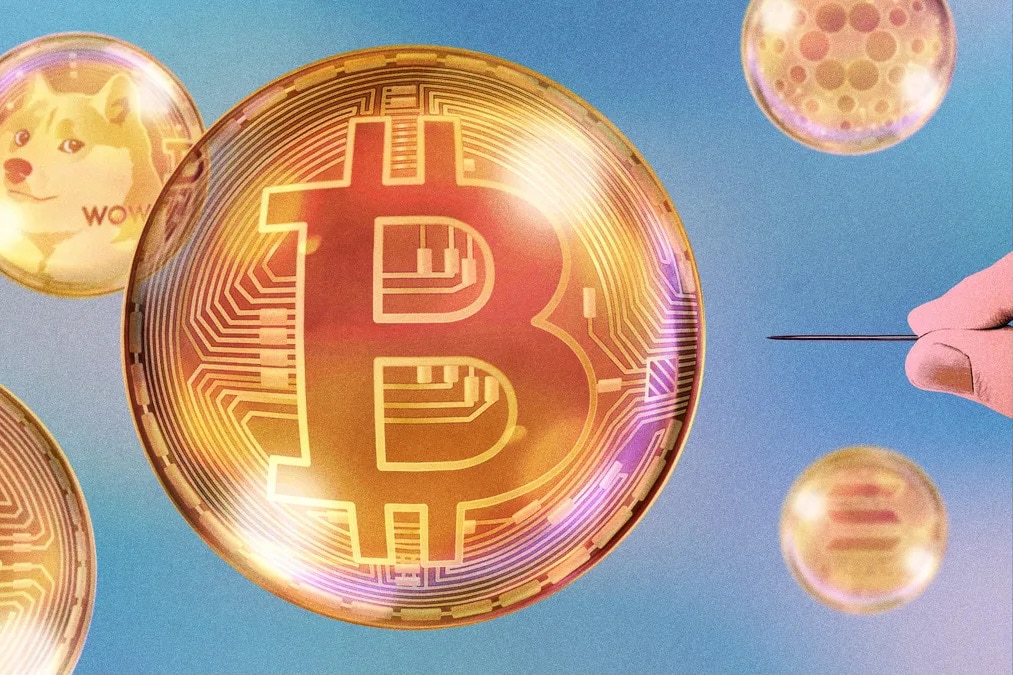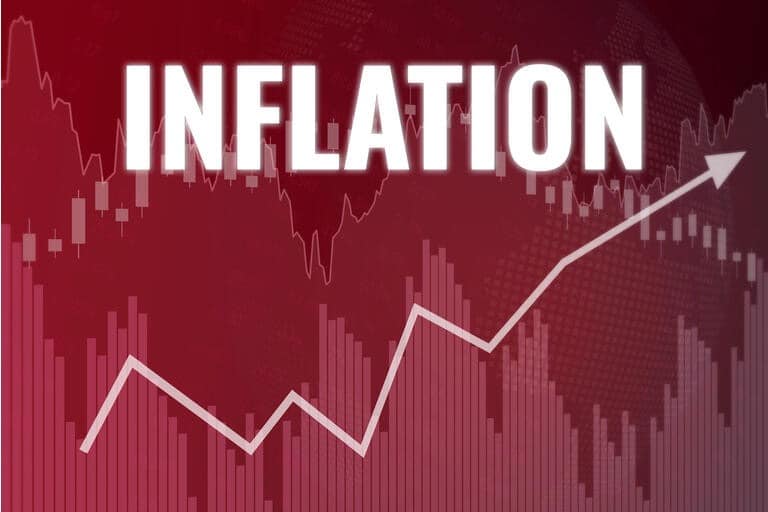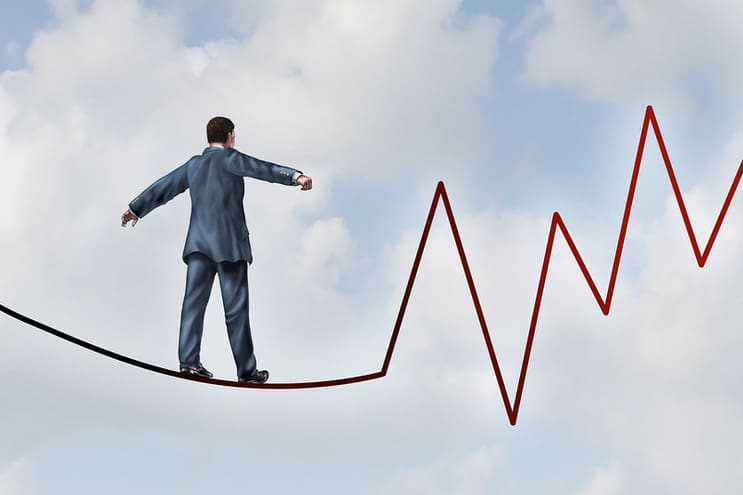The queue was ten children long, when the first one in line passed out, causing some commotion. The second child went through without any problems. The third one, who was standing right in front of me, also proceeded to feint, causing an increasing sense of dread in the rest of the line.
The queue was ten children long, when the first one in line passed out, causing some commotion. The second child went through without any problems. The third one, who was standing right in front of me, also proceeded to feint, causing an increasing sense of dread in the rest of the line.
Bears love indicators to justify their gloomy outlook. The aptly named ‘Death Cross’ is one of the favourites of technical analysts, while an inversion of the yield curve is a favourite of fundamental analysts and economists. The queue was ten children long, when the first one in line passed out, causing some commotion. The second child went through without any problems. The third one, who was standing right in front of me, also proceeded to feint, causing an increasing sense of dread in the rest of the line.
In a show of solidarity, I joined the first two children, dropping on the ground. We had all just received our vaccine jab at the local school in Italy. The nurse assured our parents that episodes like this were common with impressionable young children, and there was nothing to worry about.
Vaccination days like this have been held throughout developed countries for decades. Here’s a question, with the birth rate in developed countries dropping below the replacement rate, while poorer countries continue to have a higher number of births, how many of the world’s 1-year old children today have been vaccinated against some disease?
A: 20% B: 50% C:80%
On average only 13% of people get the answer right. The answer is not A. In reality, almost all children are vaccinated in the world today, so the right answer is C. This fact means that proper infrastructure (roads and refrigerated vehicles to transport the vaccines) exists in almost every corner of the world so that almost every child, even in the poorest of countries, has access to life-saving vaccines.
There has been much progress in the medicine over the last 50 years, like the total eradication of smallpox, which had a 30% risk of death. Smallpox was fully eradicated in 1979.
Facts like this have significantly improved the well-being of everyone, and contributed to increasing growth in the global economy, but are rarely reported in mainstream media. These gains are incremental over many years and do not make headlines. Instead negative events are continuously reported. This continuous bombardment of bad news makes us conclude that the world is worse than it is, and this has direct implications on us as investors.
On the economic front, GDP/capita (income per person) continues its relentless increase across the world. A small number of closed regimes are the exception to this rise, like North Korea. Even troubled countries like Afghanistan have enjoyed tremendous growth. These facts are not only not reported, they are not even known, so do not factor into investors’ outlook about the future of the world economy.
In 1990 the life expectancy of Afghanistan was 51.6, it is now 58. Income per person was $1,040, it is now $1,870. Since 1990 population has increased from 13 million to 36 million. Going back further in 1950 the under 5 year-old child mortality was 42%. It is now 8%. All of this happened with the backdrop of almost constant conflict in the country during this period.
If Afghanistan can achieve these advances, why do we continue to believe the world is getting worse, not better? In every recent investment discussion I’ve had about the future, investors have expressed a high level of pessimism. Valuations are high, there is too much debt, the US-China trade war, Brexit, etc. There are so many negatives to point to. But this has always been the case in history. Is our current situation worse than being on the brink of a US-Russia nuclear war during the 1962 Cuban Missile crisis? Or World War II? Equity markets suffered volatility and bear markets during all those events, but eventually continued their long-term march higher. One of the biggest risks that investors face is getting out of the market due to fears of an imminent recession, and then failing to get back in, being left behind as equities continue their 6-10% historical annualised gains. Investors who got out on Donald Trump’s unexpected win in 2016 know this feeling well, when they missed out the gains in 2017 which were one of the strongest on record globally.
Here’s how professional investors see the world now:
- 43% of investors think US will enter a recession in 2020. 31% think it will happen the following year in 2021, and 7% think it will happen this year. Global slowdowns (like the one we are in now) without US recessions result in milder pullbacks in equities, while deep bear markets occur when the US is also in recession. In total 81% of investors are effectively predicting a severe bear market in the next two years.
- Currently investors have the biggest overweight in cash for diversified portfolios since the bottom of the financial crisis in 2009.
- 34% say the S&P500 already peaked last year and will not go higher.

There’s plenty of reasons to be bearish, especially if we base our outlook on the news. A bear market can happen quickly with short notice, as we saw at the end of 2018, and investors always need to be prepared for one. The recovery can be swift, or it can be slow and take a number of years, but the current pessimistic outlook has to be tempered by the facts of the relentless upward march of the global economy. The US-China trade war, a Trump Impeachment, or Britain crashing out of the EU without a deal will not derail this global progress and higher income per person over the following decades across the world.
The counter argument to the bearish outlook is that credit conditions in the US continue to be favourable, so it is unlikely consumers will retrench in the short term. The biggest cause of big bear markets is an accumulation of debt that cannot be repaid. Despite rising interest rates, corporate interest coverage on liabilities continues to be high, meaning that debt interest can be serviced with a comfortable margin. Finally the over-regulation of banks has made them safer, so systemic risk to the banking system like in 2008 is lower. There are pockets of excess (like US leveraged loans), but these are primarily funded by private equity and investors, so do not look like they pose a global systemic risk.
Taking everything into account, risks are relatively balanced on the upside and downside. The current lack of investor optimism contrasts strongly with tops of the last two big bear markets of 2000 and 2008, when bullishness was extreme and people were quitting their jobs to day-trade stocks.
It is very difficult for a pessimist to be a successful long-term equity investor.
They would need to correctly pick not just the tops of markets, but also the bottoms. History is full of investors who have managed one and not the other. Professional investors who manage this feat once become famous and attract lots of new capital, but the number of investors who can do this more than once can be counted on one hand.
The last century has been shown to be a triumph of the optimists. And when you study the facts of what is happening in the world’s economy, such optimism continues to be justified for the future.
The data about the improvements in the world in this article comes from the book Factfulness by Hans Rosling. Bill Gates called this “One of the most important books I’ve ever read – an indispensable guide to thinking clearly about the world.” I agree. If you wish to see the advances that are happening everywhere, especially in the poorest countries, and learn how to correctly evaluate future news to spot statistical manipulation, this book is one of the best ways to do so. You will become a better informed investor because of it.
By LEONARDO DRAGO
Co-founder of AL Wealth Partners, an independent Singapore-based company providing investment and fund management services to endowments and family offices, and wealth-advisory services to accredited individual investors.





